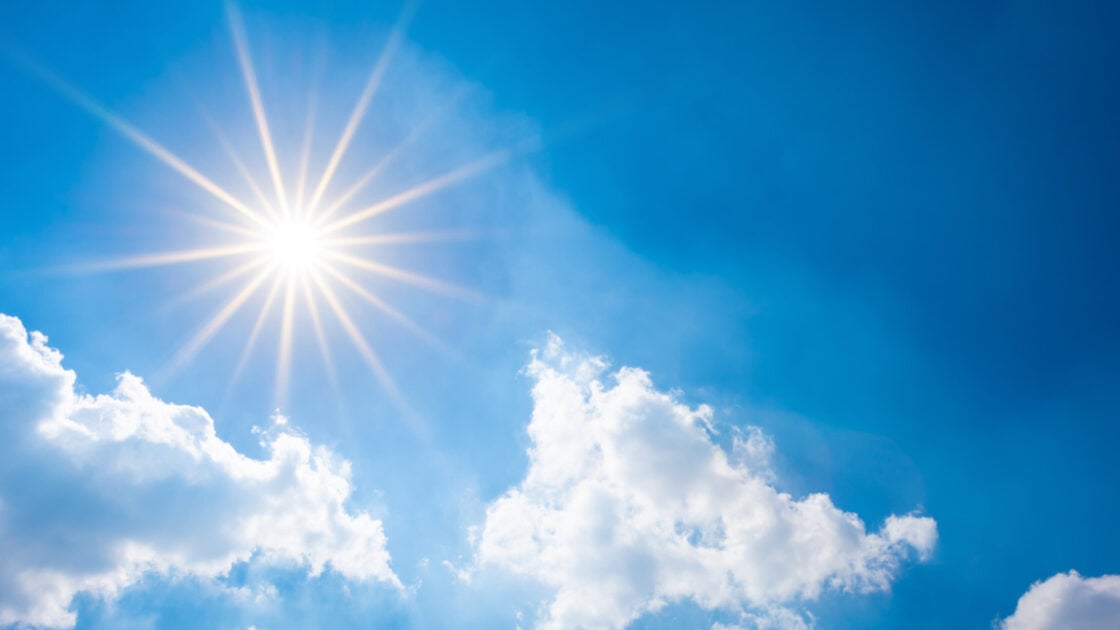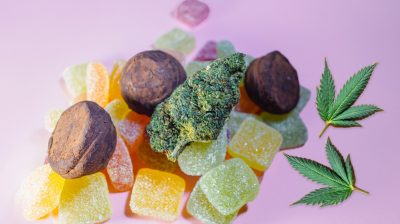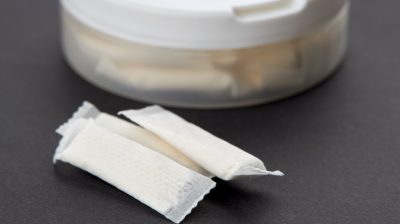Sun safety tips for the spring and summer months
Following these simple tips can help you avoid sun burn and decrease your risk of skin cancer while enjoying the weather.

In spring and summer months, it is important to take steps to keep yourself safe while enjoying the weather. Sunlight contains UV rays (UV radiation), which can cause sun burn and skin cancer. Sun beds also emit UV radiation. Taking precautions, such as by following sun safety tips while in the sun can help prevent damage to the skin.
The importance of sun safety tips and using sunscreen
It is important to wear sunscreen and use other forms of sun protection if you are going to spend time outdoors particularly between the months of April and September, even when it is cloudy.
Developing sun burn can increase your risk of developing skin cancer. Each time you get burned, your skin is damaged and your risk of skin cancer goes up. This damage builds up over time and your risk increases further with each burn.
Adults should wear, at a minimum, a factor 30 sun screen that protects against both UVA and UVB rays, the two types of UV radiation that people on Earth are exposed to. Children should wear factor 50 sunscreen.
No sunscreen can provide 100% protection, it should be used alongside other protective measures, such as wearing sunglasses, protective clothing and spending time in the shade.
You do not only need to use sun protection when it is visibly sunny during these months, as levels of UV radiation can be high outdoors even when there is cloud cover.
Getting a tan
Getting a tan in the sun is a sign that your skin has been damaged. The change in colour to your skin, the tan, occurs because your skin produces more of the skin pigment melanin in an attempt is produced to protect the skin from any further damage from UV radiation.
Sunbathing with the intention of getting a tan or using sun beds damages your skin and can increases your risk of skin cancer. This damage builds up over time so every time you sunbathe, you increase your risk further.
Use of sun beds
Sun beds increase your chances of getting skin cancer due to the high-dose radiation they produce. There is no safe amount of sun bed use, and the risks associated with using sun beds are even higher if you use them when you are younger.
Using a sun bed before the age of 35 increases your risk of getting melanoma skin cancer later in life by 75%.
Vitamin D
Everyone in Ireland needs to take a vitamin D supplement. The amount you need depends on your age, skin tone, your situation and the time of year.
Exposure to UV radiation is a natural source of Vitamin D, which the body needs to keep your bones, muscles and immune system healthy.
The amount of sunlight required to make sufficient Vitamin D varies from person to person and is influenced by many factors including a person’s skin type, the amount of skin exposed, season, time of day, and weather conditions. It is generally short and less than the amount of time needed for the skin to redden or burn.
The World Health Organisation estimates that this is equal to getting 15 minutes of exposure to sunlight between two to three times a week.
You can get Vitamin D from foods such as oily fish, red meat or egg yolks. Breakfast cereals and milk are also often fortified with Vitamin D.
Sun safety Tips
Skin cancer is not always preventable, but taking certain precautions can reduce your risk.
These include:
- Wearing clothes such as longer sleeves, collared t-shirts, wraparound sunglasses and wide-brimmed hat when outdoors in the sun
- Wearing broad-spectrum (UVA/UVB), factor 30+, water-resistant sunscreen and re-applying it every two hours on uncovered skin, or more often if swimming, sweating or towel drying
- Seek out the shade, especially between 11am and 3pm
- Do not use sunbeds — there is no safe amount of sun bed use, and sun beds are linked to the development of melanoma cancer
- Do not try to get a tan or sunbathe, as a sun tan means you have damaged your skin
You can also consult the HSE’s Sun Smart hub for more information.






